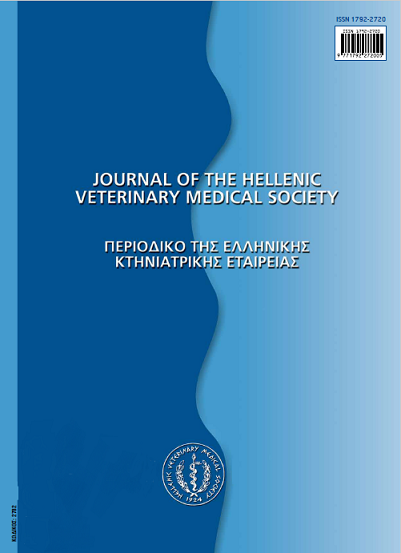Laboratory evaluation and interpretation of haemostasis in small animals
Résumé
This review deals with indications for performing haemostasis tests, methodical aspects of blood sampling and handling of sample material, selection of appropriate tests and basic principles of test interpretation. Indications for laboratory evaluation of haemostasis in small animals include spontaneous bleeding or bleeding disproportionate to the degree of trauma, bleeding from multiple sites and diseases which are frequently associated with haemostatic disorders. Patient history and clinical findings can deliver clues for the type of haemorrhagic diathesis. Important preanalytical issues include prevention of prolonged venous stasis, order of drawing and appropriate filling of the collection tubes and careful mixing of blood with anticoagulant. Initial screening can be performed by global tests of haemostasis including viscoelastic testing using thrombelastography and rotation thrombelastometry and/or a “basic examination profile” including platelet count, capillary bleeding time (optional in cases of suspected functional platelet disorders) and group tests prothrombin time (PT), activated partial thromboplastin time (aPTT), and thrombin (clotting) time (optionally in cases of prolonged PT and aPTT). This procedure allows a rational evaluation of the haemostatic system and a specific use of further tests including individual coagulation factor activities, inhibitor activities, activation markers, examination of von Willebrand factor, and platelet function analyses. It is important (1) to use species- and method specific reference values for interpretation and (2) to consider the limitations of tests when performed according to the standard test procedure optimised for human sample material (e.g., low sensitivity of PT test for canine and feline samples).
Article Details
- Comment citer
-
MISCHKE, R. (2017). Laboratory evaluation and interpretation of haemostasis in small animals. Journal of the Hellenic Veterinary Medical Society, 65(3), 165–180. https://doi.org/10.12681/jhvms.15533
- Numéro
- Vol. 65 No 3 (2014)
- Rubrique
- Review Articles
Authors who publish with this journal agree to the following terms:
· Authors retain copyright and grant the journal right of first publication with the work simultaneously licensed under a Creative Commons Attribution Non-Commercial License that allows others to share the work with an acknowledgement of the work's authorship and initial publication in this journal.
· Authors are able to enter into separate, additional contractual arrangements for the non-exclusive distribution of the journal's published version of the work (e.g. post it to an institutional repository or publish it in a book), with an acknowledgement of its initial publication in this journal.
· Authors are permitted and encouraged to post their work online (preferably in institutional repositories or on their website) prior to and during the submission process, as it can lead to productive exchanges, as well as earlier and greater citation of published work.



